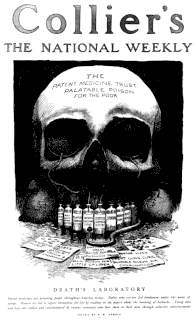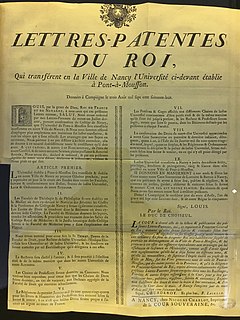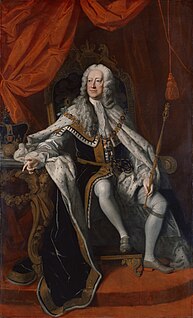
Snake oil is a euphemism for deceptive marketing. It refers to the petroleum-based mineral oil or "snake oil" that used to be sold as a cure-all elixir for many kinds of physiological problems. Many 19th-century United States and 18th-century European entrepreneurs advertised and sold mineral oil as "snake oil liniment", making frivolous claims about its efficacy as a panacea. William Rockefeller Sr. used "rock oil" as a cancer cure without the reference to snakes. Patent medicines that claimed to be a panacea were extremely common from the 18th century until the 20th, particularly among vendors masking addictive drugs such as cocaine, amphetamine, alcohol and opium-based concoctions or elixirs, to be sold at medicine shows as medication or products promoting health.

Over-the-counter (OTC) drugs are medicines sold directly to a consumer without a prescription from a healthcare professional, as opposed to prescription drugs, which may be sold only to consumers possessing a valid prescription. In many countries, OTC drugs are selected by a regulatory agency to ensure that they contain ingredients that are safe and effective when used without a physician's care. OTC drugs are usually regulated according to their active pharmaceutical ingredient (API) rather than final products. By regulating APIs instead of specific drug formulations, governments allow manufacturers the freedom to formulate ingredients, or combinations of ingredients, into proprietary mixtures.

Pharmacy is the science and technique of preparing, dispensing, and reviewing drugs and providing additional clinical services. It is a health profession that links health sciences with pharmaceutical sciences and aims to ensure the safe, effective, and affordable use of drugs. The professional practice is becoming more clinically oriented as most of the drugs are now manufactured by pharmaceutical industries. Based on the setting, the pharmacy is classified as a community or institutional pharmacy. Providing direct patient care in the community of institutional pharmacies are considered clinical pharmacy.
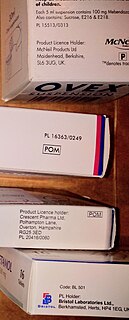
A prescription drug is a pharmaceutical drug that legally requires a medical prescription to be dispensed. In contrast, over-the-counter drugs can be obtained without a prescription. The reason for this difference in substance control is the potential scope of misuse, from drug abuse to practicing medicine without a license and without sufficient education. Different jurisdictions have different definitions of what constitutes a prescription drug.
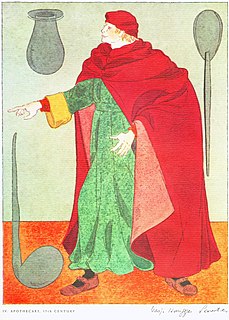
Apothecary is one term for a medical professional who formulates and dispenses materia medica to physicians, surgeons, and patients. The modern pharmacist has taken over this role. In some languages and regions, the word "apothecary" is still used to refer to a retail pharmacy or a pharmacist who owns one. Apothecaries' investigation of herbal and chemical ingredients was a precursor to the modern sciences of chemistry and pharmacology.

ClearRx is a trademark for a design for prescription drug packaging, designed by design student Deborah Adler as a thesis project and adopted by Target Corporation for use in their in-store pharmacies in 2005. The design is an attempt to clarify certain difficult aspects common to most prescription bottles.
A biopharmaceutical, also known as a biologic(al) medical product, or biologic, is any pharmaceutical drug product manufactured in, extracted from, or semisynthesized from biological sources. Different from totally synthesized pharmaceuticals, they include vaccines, blood, blood components, allergenics, somatic cells, gene therapies, tissues, recombinant therapeutic protein, and living cells used in cell therapy. Biologics can be composed of sugars, proteins, or nucleic acids or complex combinations of these substances, or may be living cells or tissues. They are isolated from living sources—human, animal, plant, fungal, or microbial.
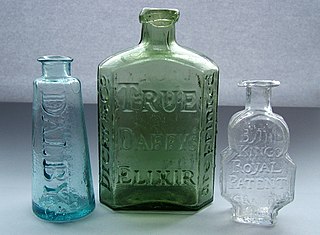
A carminative is a drug that relieves gas from the digestive tract, flatulence and colic in infants. Dalby's Carminative was one of the two most widely used patent medicines given to babies and children at the end of the 18th and beginning of the 19th centuries. Together with its rival, Godfrey's Cordial, they were known as "mother's friends" and were used for everything from colic and coughs to typhoid. The formula claimed to aid “infants afflicted with wind, watery gripes, fluxes and other disorders of the stomach and bowels”. The magic ingredient in both formulas was opium. There are stories of nurses who overdosed the babies in their care to keep them quiet and no bother and babies did die from time to time. Today, the medicine is mostly known by collectors of old glass bottles.
Stridex is an American acne treatment and prevention medicine, originally registered trademark of Bayer Corporation. It comes in the form of fibrous pads saturated with astringents. Most products in the Stridex line contain as the active ingredient salicylic acid (0.5–2.5%); Stridex Power Pads,contain instead benzoyl peroxide (2.5%), a nonprescription acne treatment medication. However, they also warn about possible side effects: dryness of the skin, possible burning, and tingling. Patients are advised to apply treatment with caution around lips, nose and mouth, or cuts and scrapes, and also avoid excessive sun exposure. In 2013, FDA started to investigate a possible link between benzoyl peroxide- and/or salicylic acid-based acne prevention medicine with hypersensitivity and anaphylactic reactions without calling off any products or placing warnings.
An online pharmacy, internet pharmacy, or mail-order pharmacy is a pharmacy that operates over the internet and sends the orders to customers through mail or shipping companies.

A drug is any substance that causes a change in an organism's physiology or psychology when consumed.
Pharmaceutical policy is a branch of health policy that deals with the development, provision and use of medications within a health care system. It embraces drugs, biologics, vaccines and natural health products. Pharmaceutical policy includes:
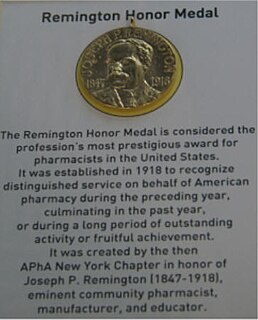
The Remington Honor Medal, named for eminent community pharmacist, manufacturer, and educator Joseph P. Remington (1847-1918), was established in 1918 to recognize distinguished service on behalf of American pharmacy during the preceding year, culminating in the past year, or during a long period of outstanding activity or fruitful achievement.
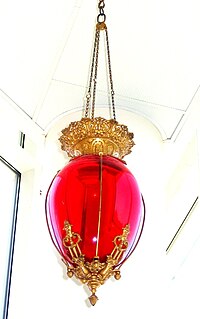
A show globe is a glass vessel of various shapes and sizes containing a colorful liquid. It has been a symbol of pharmacy from the 17th century England to the early 20th century in the United States. It marked the drugstore or apothecary in much the same way as the barber's pole marked tonsorial establishments in some countries. People who were illiterate needed such symbols to locate these medical practitioners.
The American Journal of Pharmaceutical Education is the official publication of the American Association of Colleges of Pharmacy. According to the editors, the journal's purpose is "to document and advance pharmaceutical education in the United States and Internationally."
Pharmacy automation involves the mechanical processes of handling and distributing medications. Any pharmacy task may be involved, including counting small objects ; measuring and mixing powders and liquids for compounding; tracking and updating customer information in databases ; and inventory management. This article focuses on the changes that have taken place in the local, or community Pharmacy since the 1960s.
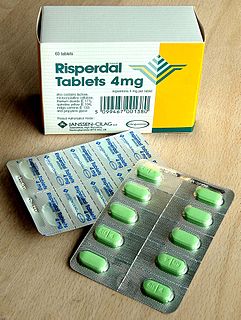
Pharmaceutical packaging is the packages and the packaging processes for pharmaceutical preparations. It involves all of the operations from production through drug distribution channels to the end consumer.

The history of pharmacy as an independent science dates back to the first third of the 19th century. Before then, pharmacy evolved from antiquity as part of medicine.

The history of pharmacy in the United States is the story of a melting pot of new pharmaceutical ideas and innovations drawn from advancements that Europeans shared, Native American medicine and newly discovered medicinal plants in the New World. American pharmacy grew from this fertile mixture, and has impacted U.S. history, and the global course of pharmacy.

